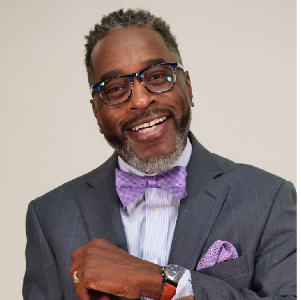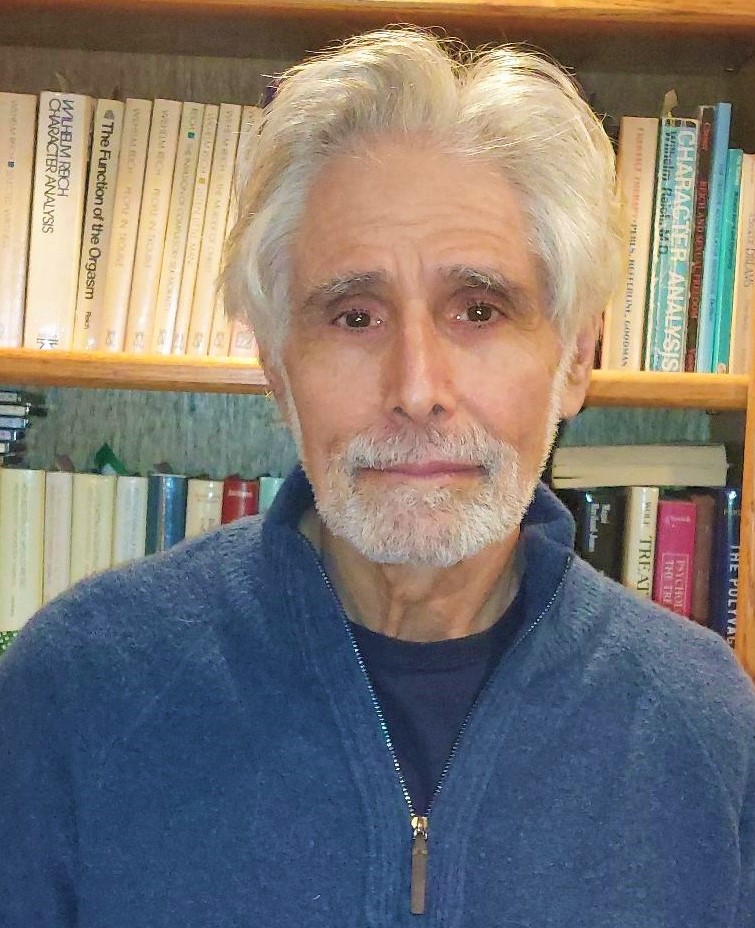The most recent Existential Humanist Salon, “On the Importance of a Theoretical Orientation”, was another lovely chance to connect with a variety of board members, affiliates, and those new to EHNW. We connected over wine and a selection of cheeses that left us all continuing to eat and process for nearly an hour afterward. The salon was facilitated by board members, Dave Fischer and Deborah High, in Deborah’s cozy home.
The conversation was begun by Dave, posing the question, “How do you choose, and why should you choose a theoretical orientation?”. Dave emphasized that research into common factors for successful therapy has indicated that therapy is most effective when the clinician is aligned with a theory and can work from it. And this starts with knowing who you are, because it must resonate. It is from this inner-knowledge of self that one can find a theory to support their perspective. In a sense, he put it, you cannot not have a theory, because one’s theoretical perspective is how they take in the world, how they see themselves, what matters to them as a therapist and to the change process. For example, do you see yourself in the role of symptom reduction? Or in helping one to align with their most authentic life?
Most importantly, it was emphasized that this conversation is not a plug to the Existential Humanist (EH) perspective, so much as an emphasis on finding what fits for each person—and this is a bottom-up process of self-discovery and alignment.
At this point, Deborah chimed in that it is okay to jump through some hoops and play the game, so to speak, if this means doing what it takes to get your clinical hours. Once in your own practice, this is really when you can specialize and express yourself however feels right to you.
We then spoke more to the EH perspective, and to the often pre-conceived notion that EH is lacking in empirical evidence. To this, it was emphasized that not a lot of studies exist on therapy from an EH perspective. Whereas behaviorism, for example, is so objective, it has a cache of scientific credibility—but it is simpler to do research on a method you can count. Yet when one values authentic and present-oriented experience, how does one quantify that?
What EH does have is more anecdotal and qualitative research. Some of this is from common factors research in general, which finds that change in therapy is 10% technique and 90% therapist-client relationship and contextual factors. Our president, Bob, emphasized that EH can get a bad rep for not being “evidenced-based”, yet it is very clearly not technique-oriented. Drawing from his work entitled, Frames, Attitudes and Skills of an Existential-Humanist Psychotherapist, Bob made reference to the six philosophical frameworks that one operates from with an EH perspective. Namely, Being versus Doing, Identifying and Exploring Existential Themes, Process versus Content, Holding the Container, Everything is Everything, and Inclusion, not Amputation. For further reading, check out chapter 27 in The Handbook of Humanistic Psychology—Theory, Research, and Practice, 2nd edition.
Really, let’s expand on what we mean by evidenced-based practice beyond the idea of techniques you can measure, predict, and control. You’re not likely to find a lot about technique when the focus is on being truly present with a client. The answer will always be “it depends”, because one can only respond in the moment.
The point was then made that this is not the same as eclecticism, which draws from various theories. The focus is on being present, and doing one’s best as a clinician to meet someone authentically. Whereas other theories might see sitting with a client on the basis of the clinician’s framework, EH seeks the client’s framework. This is a process of letting go of what the therapist thinks a client might need, but working from the inside out, meeting them and fostering a real, emotional connection with the client. This goes beyond talk therapy—it is an attunement process.
We then spoke to how EH is compatible with various other disciplines, and how integrative is different than eclectic. A therapist can practice from an EH perspective when incorporating body work, cognitive work, even medical work. The emphasis, then, is on making space for the client to be themselves, which is a completely unique process with each person, and in each meeting. Deborah brings up that each time she works with a client is so different. And this space to be themselves may be one of the most healing pieces of the therapy process. How much, in our worlds, do we have a space to be seen through our own lenses?
We also spoke to the idea of how much we need a client’s “buy in”, meaning their own belief that the therapy will be successful or supportive. Firstly, it’s important to present EH to clients. Different members of the conversation had differing responses to this. One person mentioned having a sort of canned blurb—“I’m not going to give you advice, we’re exploring options, there’s no homework or worksheets . . .”. Another member mentioned being less explicit about it, and more focused toward why the client is there. Another emphasized presence, authenticity and transparency. Another member mentioned that the client will feel the energy of this, and the specificity will depend on the relationship.
We then conversed about whether we have to do work with everyone. What if the fit doesn’t feel right? What if we truly don’t like the person? To this, answers differed as well, as our own authentic experiences differ too. Yet we all came to the idea that it is okay if the relationship doesn’t work out, or if we’re not on the same page. If we are aligning with our own values, we model this. Additionally, in the therapy process, both client and therapist are making a decision to work with each other. Along this vein, it’s important to emphasis clients’ freedom to work with whomever they choose.
Aligned with the existential perspective as a whole, we have no answers, only reflections and experiences. The important piece is having faith in the client’s own capacity, wisdom, and humanity—this is deep respect.
At the end of the conversation, we all reflected how grateful we were for the opportunity to engage from this place. Whereas school can be so heady, this is about heart.
-Gemma Baumer, Board Member




